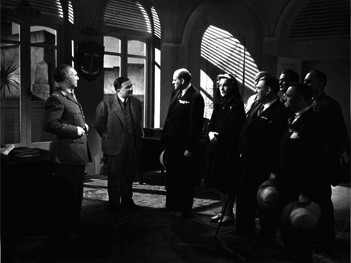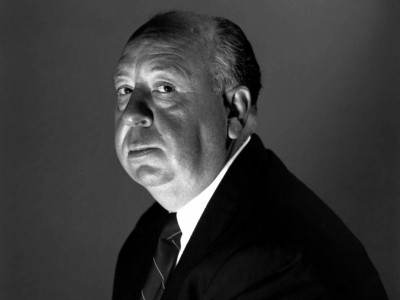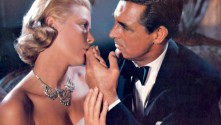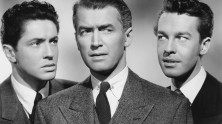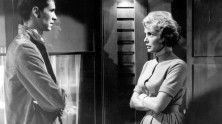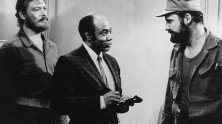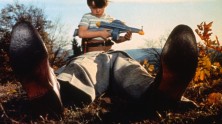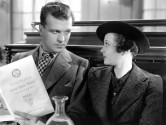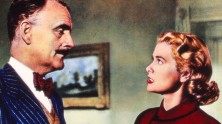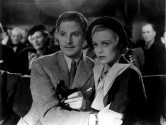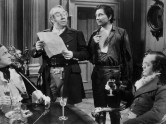
Lifeboat
With Tallulah Bankhead, William Bendix, Walter Slezak.
US, 1944, 35mm, black & white, 96 min.
Print source: 20th Century Fox
Hitchcock's long fascination with entrapment and containment inspired his contribution to the Hollywood war effort, a rousing and cynically sharp-edged anti-adventure of survivors of a sunk cruise ship stranded in the eponymous lifeboat with a mysterious survivor of the Nazi vessel that attacked them. First appearing in an incongruous mink coat with a 16mm camera in hand, Broadway legend Tallulah Bankhead found her strongest screen role as a haughty uppercrust journalist who offers a bridge between the spirited heroines of Hitchcock's brisk British films and the troubled, psychologically complicated women of his long American phase. Although based on an original idea by Hitchcock, Lifeboat included the first writing for the screen by John Steinbeck, hired by the director to write a treatment after Ernest Hemingway declined. Hitchcock in turn reworked and reinvented Steinbeck's structure and characters, resulting in a morally complex conversion narrative that dumbfounded and outraged outspoken critics who contributed to the film's box office failure.
One of two short propaganda films Hitchcock made late in World War II to be shown in newly liberated France to highlight the contribution of the French Resistance, Aventure Malgache grew under Hitchcock’s direction from a simple celebration of heroism to a complex tale of collaboration and deception in the then-French colony of Madagascar during the Vichy regime. Hitchcock courted controversy by incorporating the political fights he observed amongst his French consultants into the story, and the film was held back from distribution for fear of promoting the idea of a divided resistance. The director toyed with re-shooting it as a Paramount feature in the 1950s, but this lost gem remained virtually unseen until unearthed and released on video in the 1990s.
